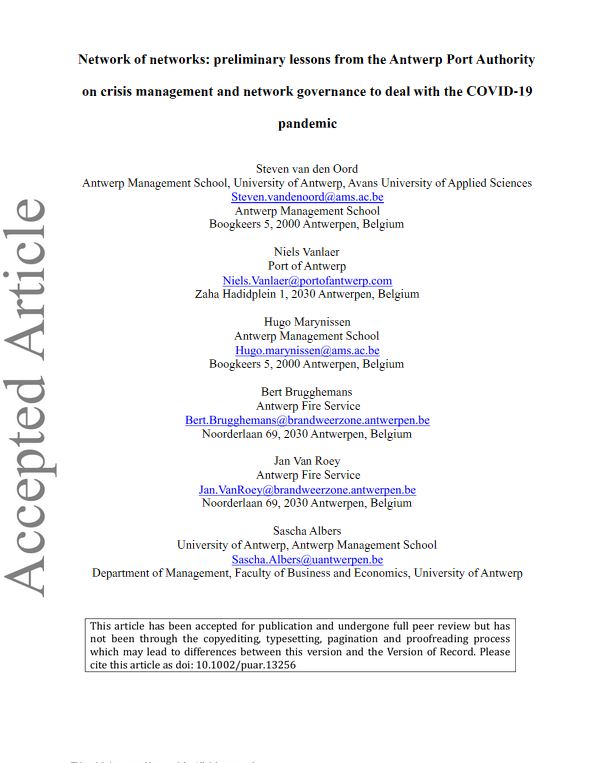Climate change isn’t just a problem for the future, it’s happening now, everywhere. In 2024, we saw its devastating impact firsthand: wildfires raging in Los Angeles, floods submerging cities in Spain, and record-breaking heatwaves sweeping across India. These events didn’t just damage local communities, they disrupted economies, strained resources, shattered ecosystems, and sent shockwaves through global supply chains.
Just like a wildfire spreads beyond where it started, climate disasters don’t stay in one place. A flood in Panama can stall shipping routes, causing shortages across continents. A heatwave in one country can drive up food prices worldwide. The bottom line? No one is immune, and no one can tackle this crisis alone. It is a shared threat that demands shared solutions.
The cost of doing nothing
The growing intensity of climate change has created a domino effect where one event triggers consequences far beyond its immediate vicinity. Let’s put things into perspective: the wildfires in Los Angeles displaced thousands of people and worsened air quality across multiple states. In Spain, the recent floods caused over €10 billion in damage and slowed economic growth. The financial cost of inaction keeps rising, but investing in resilience can change that.
Smart solutions: Learning from the SAFARI project
The SAFARI project, co-funded by the European Union, is proving that collaboration is key. By bringing together experts, from port authorities to logistic companies and policymakers, it’s creating smarter ways to predict and respond to extreme weather (multi-stakeholder approach). Imagine applying these same strategies to wildfire-prone areas: real-time data, predictive tools, and coordinated emergency responses.
Wildfire case:
Imagine applying SAFARI’s model to wildfire-prone regions: a digital platform that integrates data from sensors, weather forecasts, and community resources to predict fire spread, optimize firefighting efforts, and coordinate responses across jurisdictions. Such a system could significantly prevent and/or reduce the devastating impacts of wildfires and enhance community resilience.
These aren’t just ideas; they’re real solutions that can save lives and protect communities.
Moving Forward: A global approach to a global problem
Wildfires, floods, and heatwaves may seem like separate issues, but they’re all connected. Rising global temperatures make forests drier and storms stronger. The good news? The solutions are also connected. If we share knowledge and resources, we can build a future where climate disasters don’t define us, but our resilience does.






